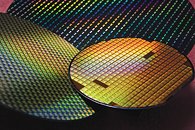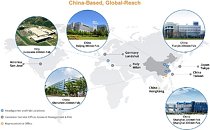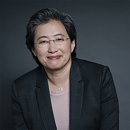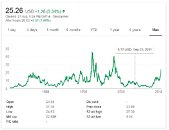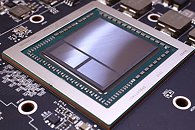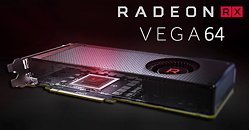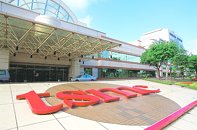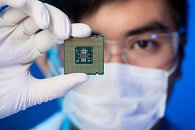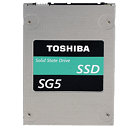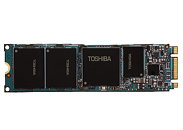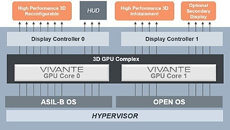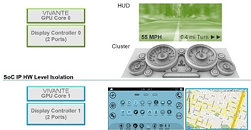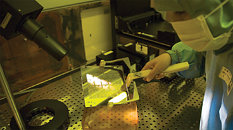
GlobalFoundries and ON Semi Partner to Transfer Ownership of East Fishkill NY 300mm Fab
ON Semiconductor Corporation and GLOBALFOUNDRIES today announced that they have entered into a definitive agreement for ON Semiconductor to acquire a 300 mm fab located in East Fishkill, New York. The total consideration for the acquisition is $430 million, of which $100 million has been paid at signing of the definitive agreement, and $330 million will be paid at the end of 2022, after which ON Semiconductor will gain full operational control of the fab, and the site's employees will transition to ON Semiconductor. Completion of the transaction is subject to regulatory approval and other customary closing conditions.
The agreement allows ON Semiconductor to increase its 300 mm production at the East Fishkill fab over several years, and allows for GLOBALFOUNDRIES to transition its numerous technologies to the company's three other at-scale 300 mm sites. Under the terms of the agreement, GLOBALFOUNDRIES will manufacture 300 mm wafers for ON Semiconductor until the end of 2022. First production of 300 mm wafers for ON Semiconductor is expected to start in 2020.
The agreement allows ON Semiconductor to increase its 300 mm production at the East Fishkill fab over several years, and allows for GLOBALFOUNDRIES to transition its numerous technologies to the company's three other at-scale 300 mm sites. Under the terms of the agreement, GLOBALFOUNDRIES will manufacture 300 mm wafers for ON Semiconductor until the end of 2022. First production of 300 mm wafers for ON Semiconductor is expected to start in 2020.

